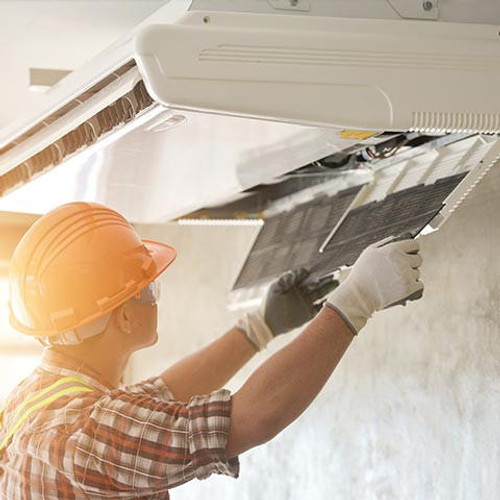In today’s dynamic and fast-paced industrial landscape, the need for a robust safety risk assessment system is paramount. Implementing a dynamic safety risk assessment system is crucial for organizations to navigate hazards effectively and ensure the well-being of their workforce. This proactive approach goes beyond traditional static assessments, adapting to changing conditions and minimizing potential risks in real-time. A dynamic safety risk assessment system is built on the foundation of continuous monitoring, analysis, and adaptation. Unlike static assessments that rely on periodic evaluations, a dynamic system leverages real-time data and advanced technologies to identify and respond to evolving risks promptly. This ensures that safety protocols are not only up-to-date but also tailored to the specific conditions at any given moment. One key component of this system is the integration of sensor technologies. These sensors can monitor various environmental factors, equipment performance, and human behavior. For instance, in a manufacturing setting, sensors can detect fluctuations in temperature, pressure, and chemical concentrations.

In construction, they can track the movement and positioning of heavy machinery. Human-centric sensors can monitor physiological indicators such as heart rate and fatigue levels. The data collected by these sensors are then fed into a centralized system equipped with artificial intelligence AI algorithms. These algorithms analyze the data in real-time, Workplace Safety Assessments identifying patterns and anomalies that may indicate potential safety risks. The dynamic nature of the system allows it to adapt quickly to changes, making it more effective in preventing accidents compared to traditional, static risk assessments. Moreover, the system incorporates predictive analytics to foresee potential hazards before they escalate. By analyzing historical data and trends, the system can identify patterns that may lead to accidents if not addressed promptly. This foresight empowers organizations to take preventive measures, such as adjusting work processes, enhancing training programs, or implementing additional safety measures.
Communication is a key element in the success of a dynamic safety risk assessment system. The information gathered by sensors and analyzed by AI is disseminated to relevant stakeholders in real-time. This enables quick decision-making and ensures that everyone involved is aware of potential risks. Additionally, the system can generate automated alerts and notifications, allowing for immediate response and intervention. Implementing such a system requires a commitment to technological investment and employee training. Organizations must invest in state-of-the-art sensor technologies, AI algorithms, and a robust communication infrastructure. Furthermore, employees need to be trained to understand the system, interpret alerts, and respond effectively to changing safety protocols. A dynamic safety risk assessment system is indispensable for organizations seeking to navigate hazards in today’s ever-changing industrial landscape.
